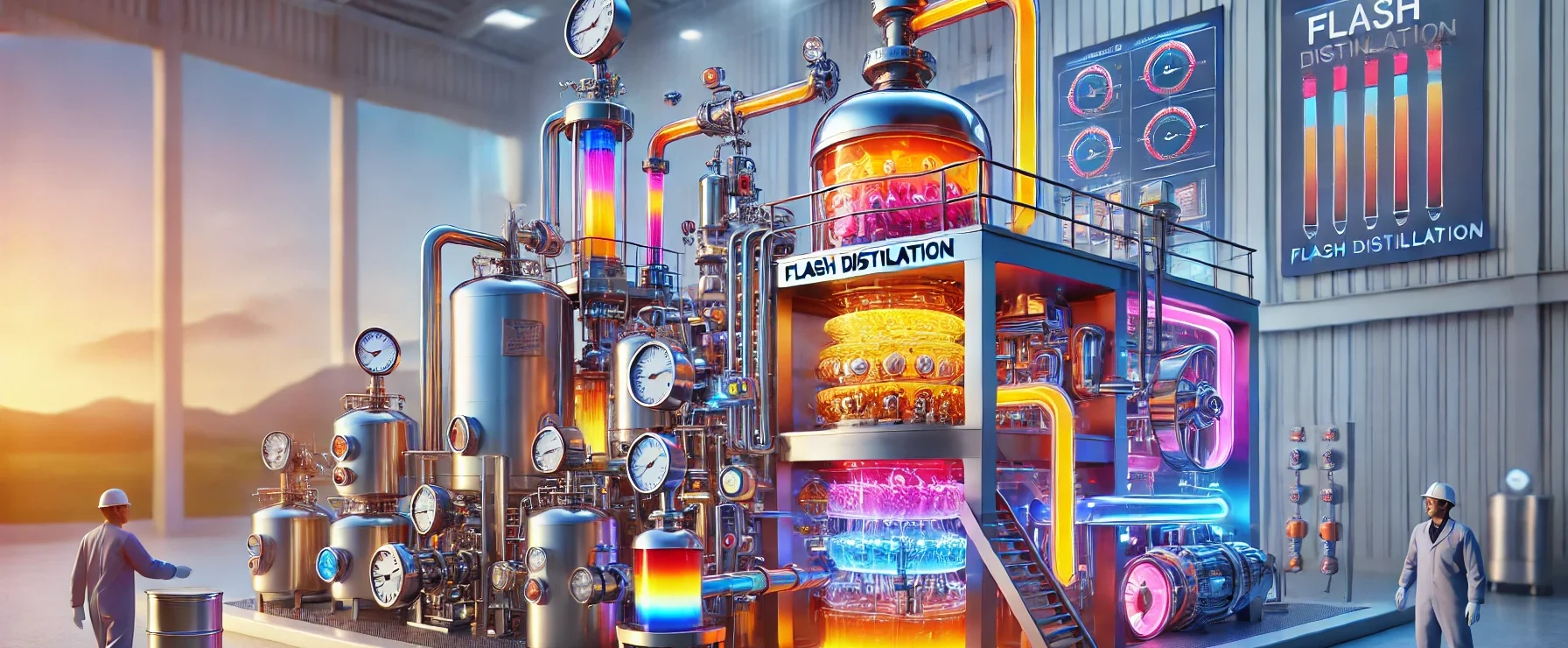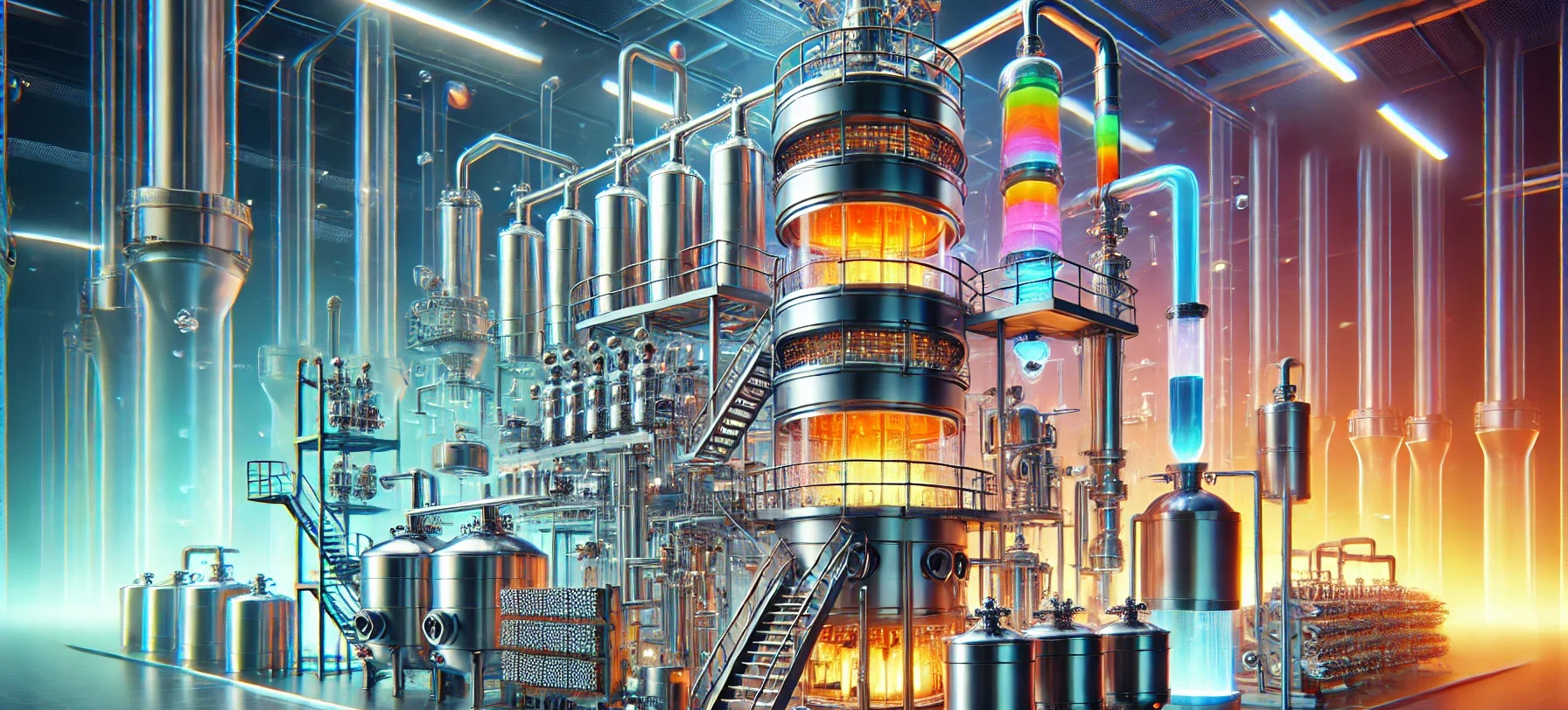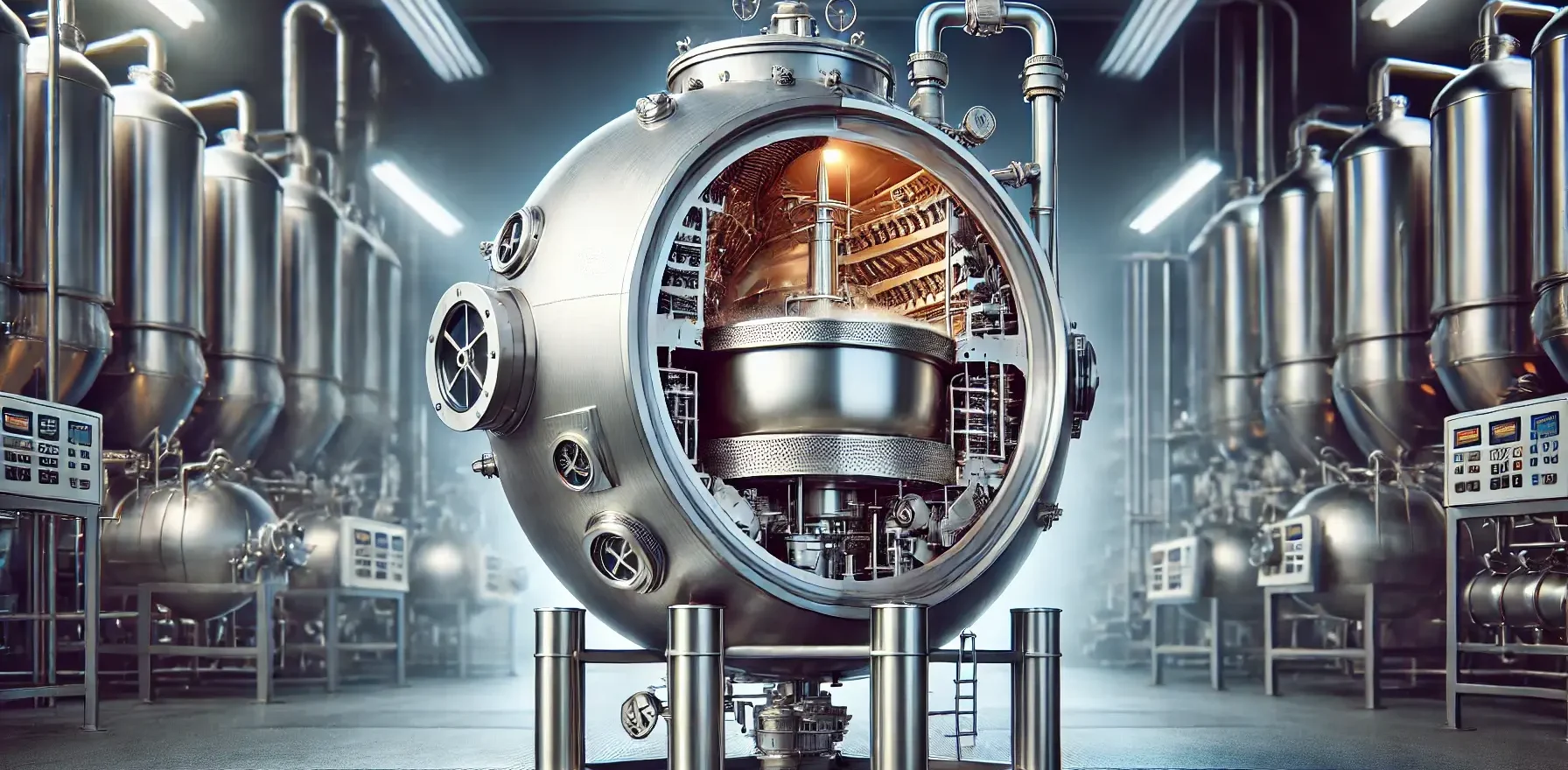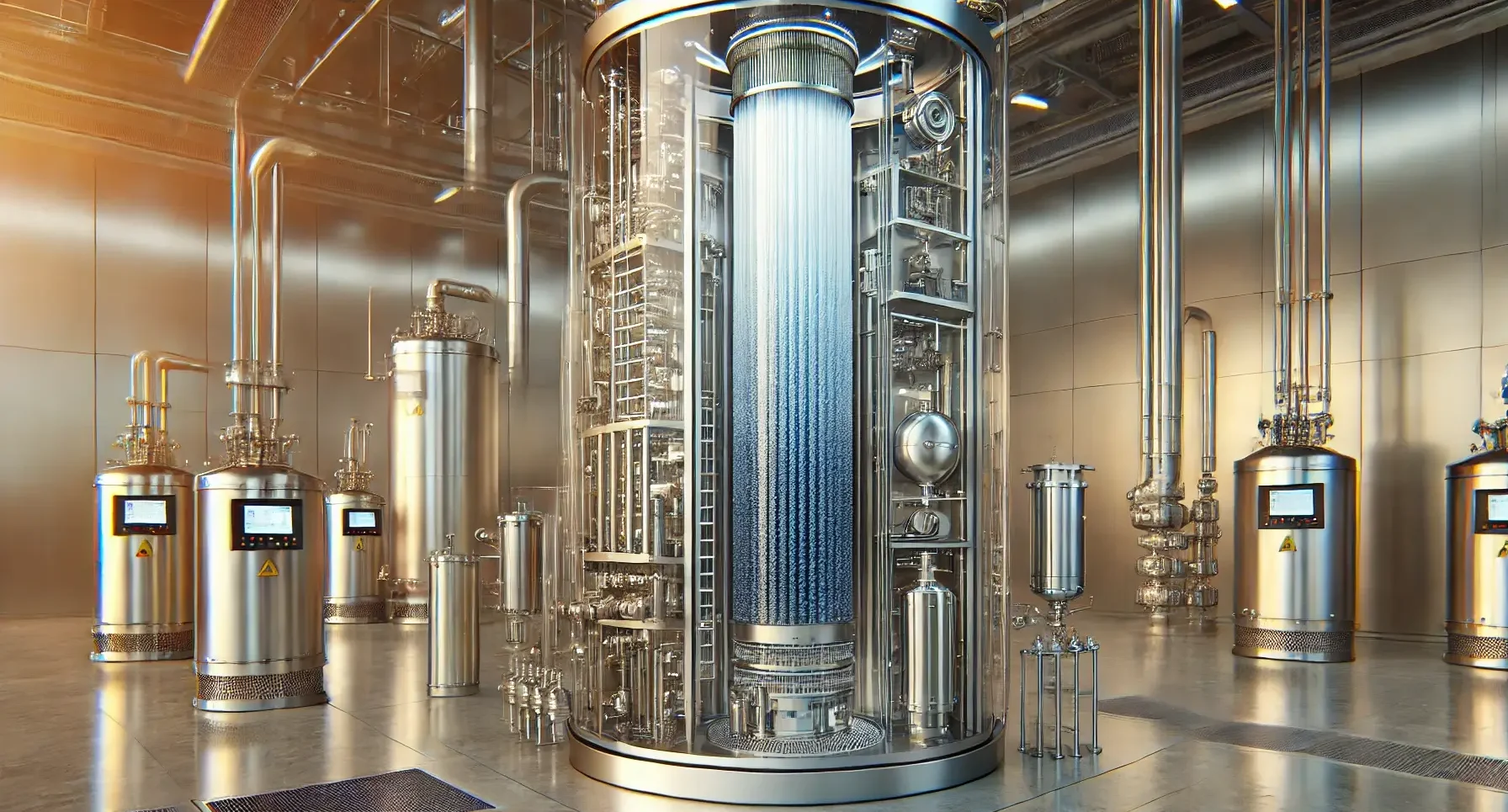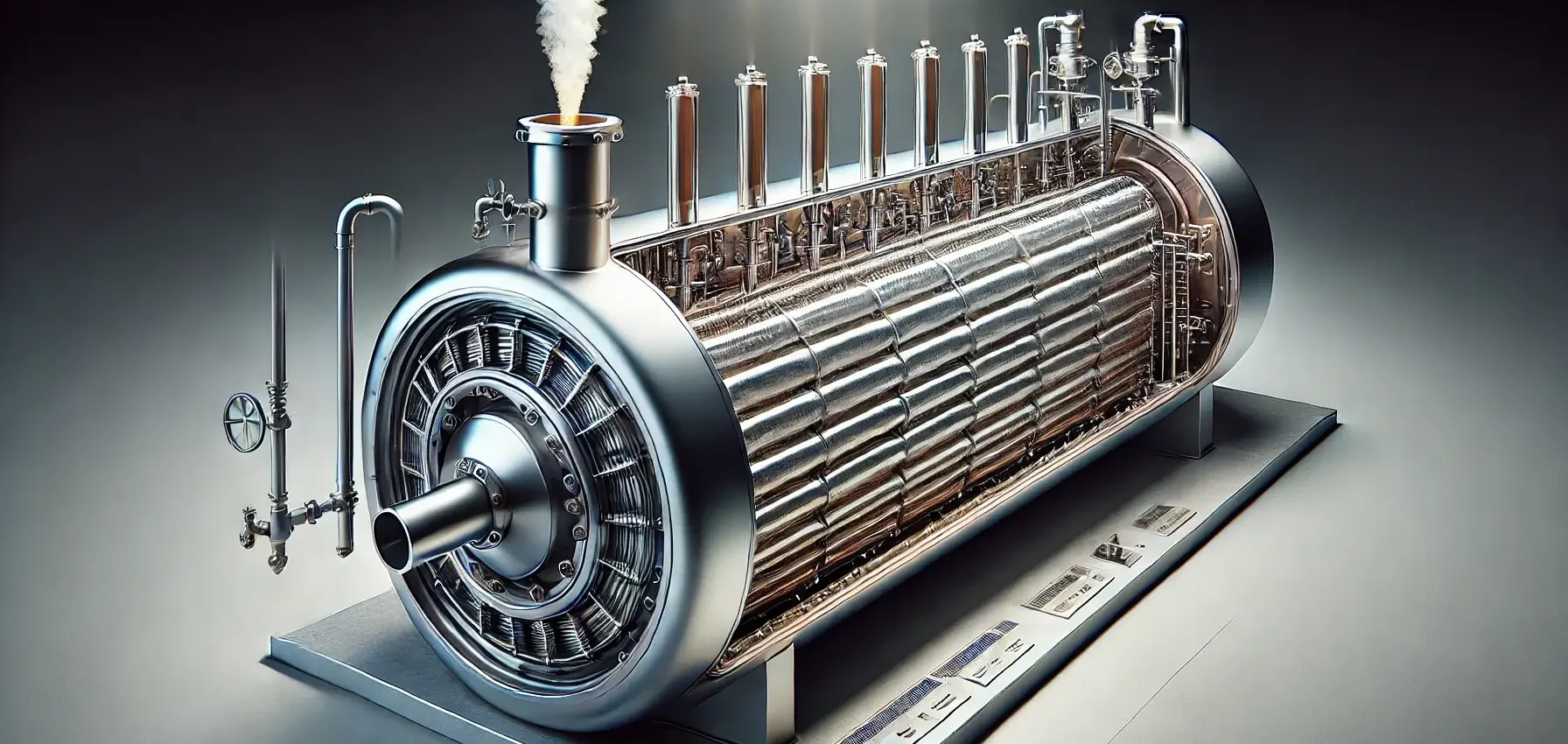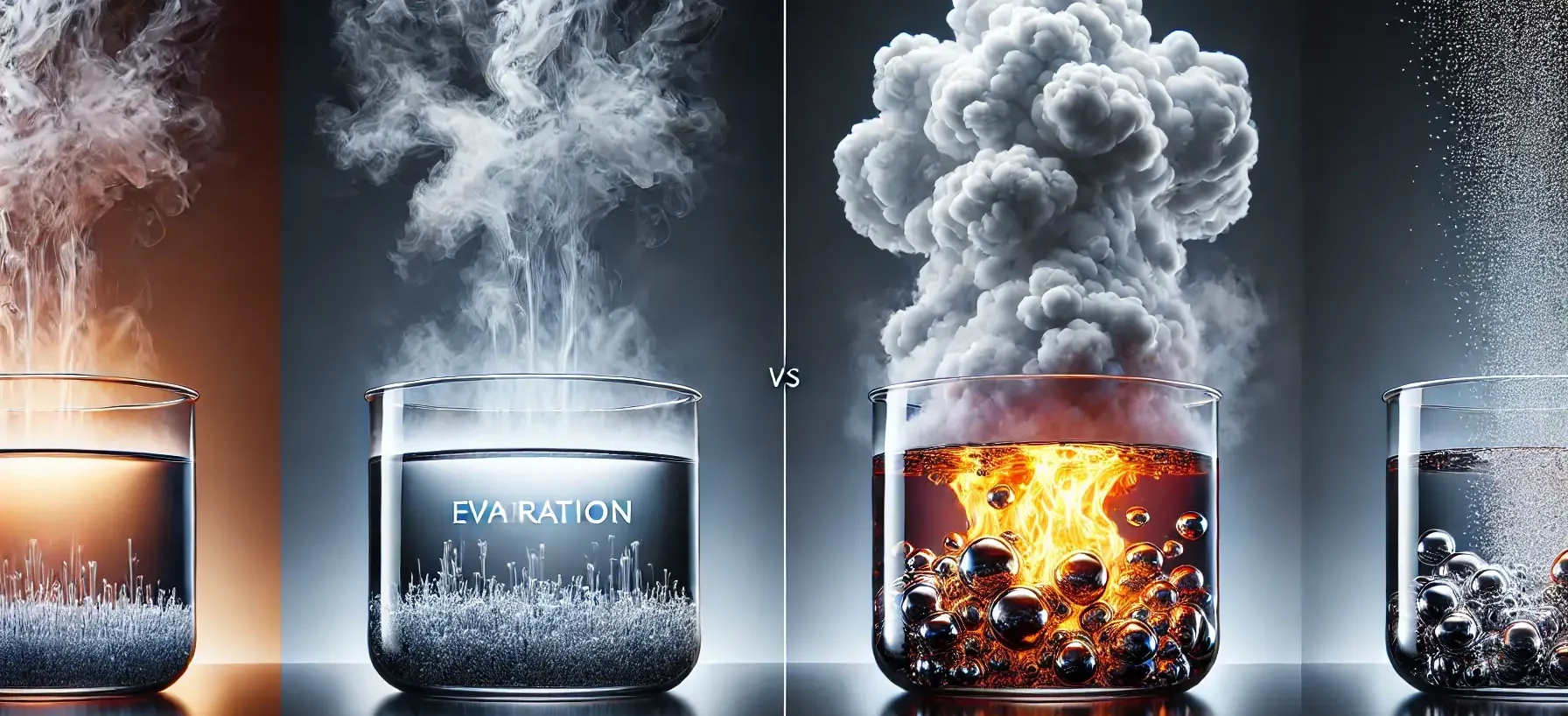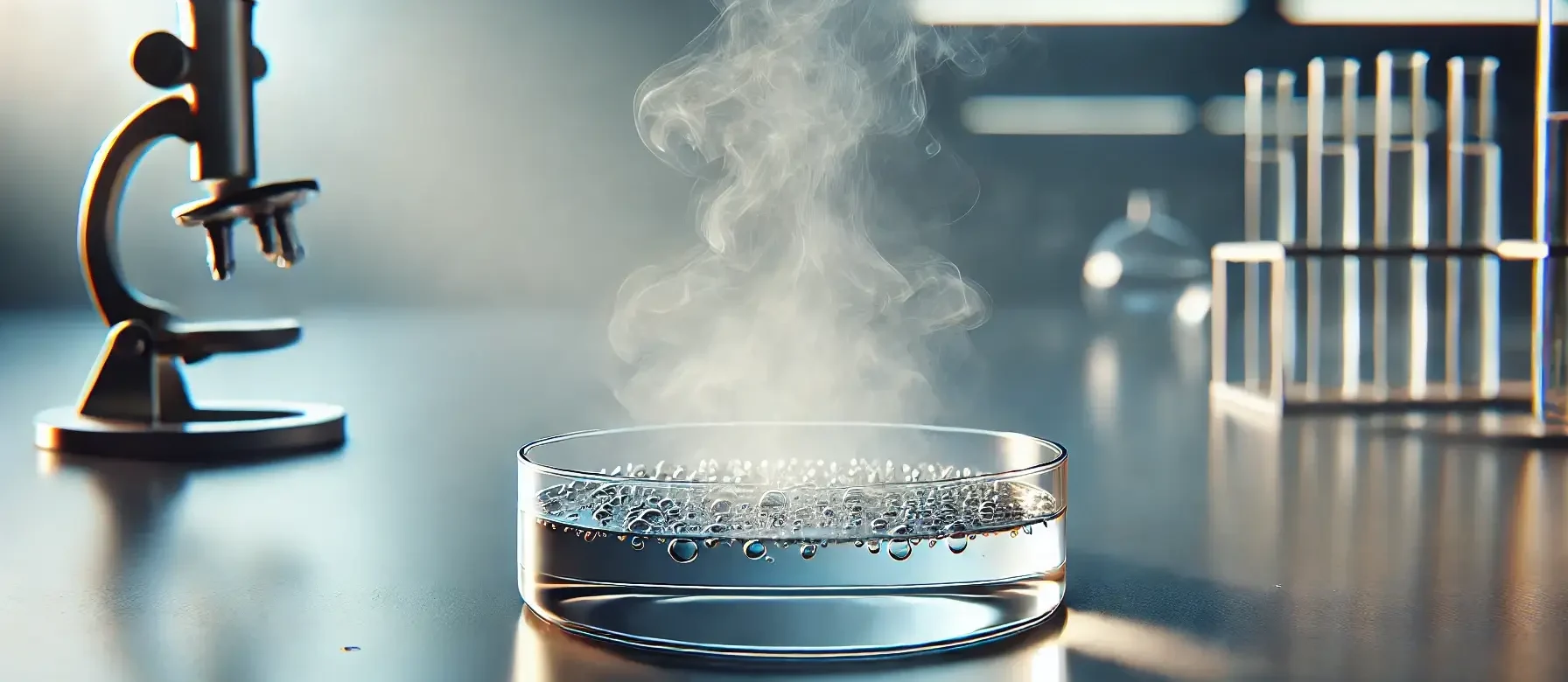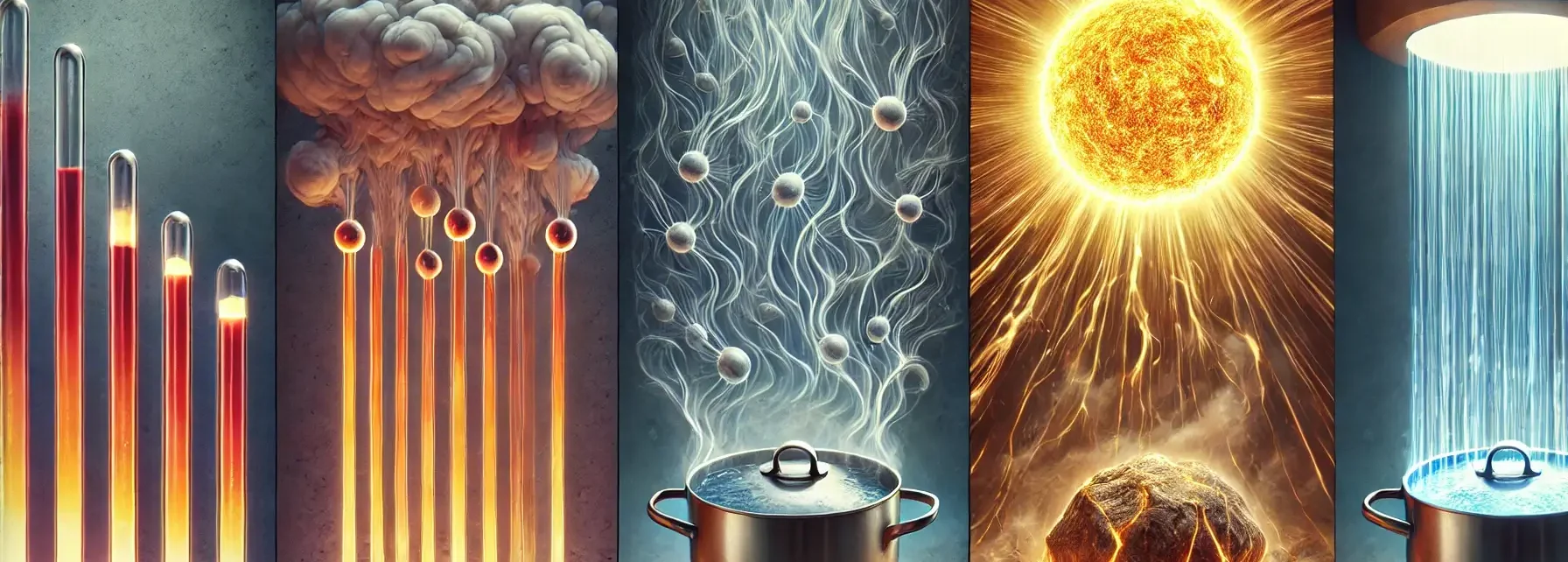Flash Distillation
Principle of Flash Distillation: Flash distillation involves a single-stage separation process where the liquid mixture is partially vaporized by rapidly reducing the pressure or increasing the temperature. Methodology of Flash Distillation: Feed Introduction: The liquid mixture is introduced into a flash chamber. Pressure Reduction/Heating: The pressure is rapidly reduced, or the mixture is quickly heated, … Read more

